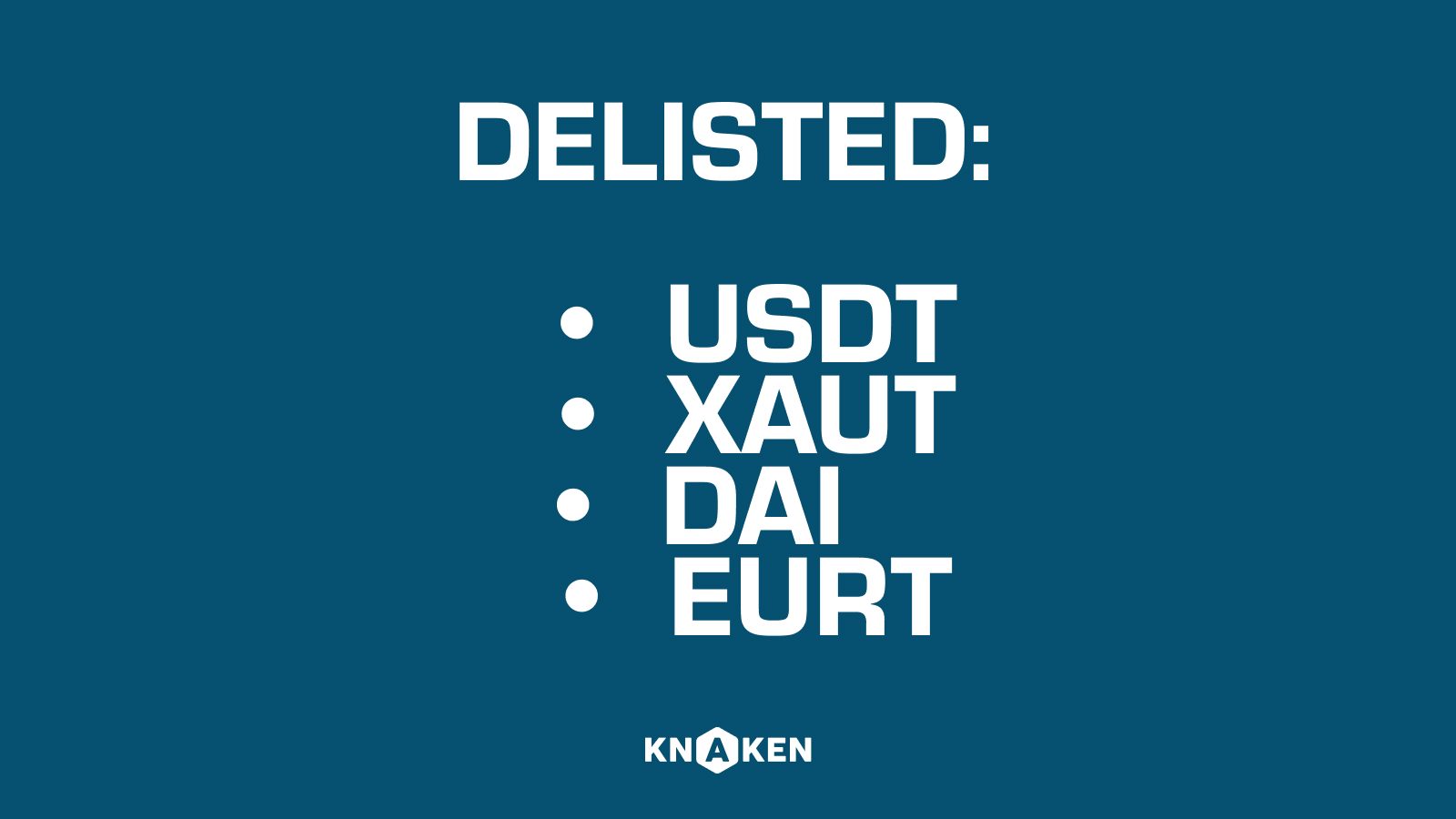Gwei: An In-Depth Exploration of Ethereum’s Unit of Measurement
Introduction to Gwei
Gwei is a fundamental term in the realm of cryptocurrency, particularly within the Ethereum network. It serves as a unit of measurement used to express the cost of gas, which is the fee paid to miners for processing transactions and executing smart contracts on the Ethereum blockchain. Understanding Gwei is crucial for anyone looking to navigate the Ethereum network effectively.
Understanding Ethereum Gas and Gwei
To comprehend the significance of Gwei, it is essential to grasp the concepts of Ethereum gas and fees:
- Ethereum Gas: Gas is a computational unit that measures the amount of work required to execute transactions or run smart contracts. Every operation performed on the Ethereum network requires a set amount of gas.
- Gas Fees: Users must pay gas fees to miners who validate and confirm transactions on the blockchain. These fees are an incentive for miners to include transactions in a block.
- Gwei (Gigawei): Gwei is a denomination of Ether (ETH), the native cryptocurrency of the Ethereum network. One Gwei equals 0.000000001 ETH (or 10^-9 ETH), making it a small yet vital unit for calculating transaction costs.
Importance of Gwei in Ethereum Transactions
Gwei plays a crucial role in determining the speed and cost of transactions on the Ethereum network:
- Transaction Confirmation: The amount of Gwei a user is willing to pay can influence how quickly their transaction is processed. Higher Gwei prices often lead to faster confirmation times, as miners prioritize transactions with more lucrative fees.
- Network Congestion: During periods of high activity on the Ethereum network, Gwei prices can surge, leading to increased gas fees. Understanding current Gwei rates is essential for users to manage their transaction costs effectively.
- Smart Contract Execution: Gwei is also used to quantify the cost of executing smart contracts, which can vary significantly depending on the complexity of the contract.
How to Calculate Gwei and Gas Fees
Calculating gas fees in Gwei is a vital skill for Ethereum users. Here’s a breakdown of the process:
- Gas Limit: Determine the gas limit for the transaction, which is the maximum amount of gas you are willing to use. This often depends on the transaction type.
- Gas Price: Check the current gas price in Gwei. Various online tools and websites provide real-time gas price insights based on network congestion.
- Calculation: Use the formula: Gas Limit x Gas Price (in Gwei) = Total Gas Fee (in Gwei). For conversion to ETH, divide by 1 billion (as 1 Gwei = 10^-9 ETH).
Tools and Resources for Monitoring Gwei Prices
Several resources and platforms assist users in monitoring Gwei prices and calculating gas fees:
- Gas Station Websites: Websites like EthGasStation and GasNow provide real-time data on gas prices and suggested fees for faster transactions.
- Wallets and DApps: Many Ethereum wallets, such as MetaMask, include built-in tools to display Gwei prices and adjust gas fees based on the transaction’s urgency.
- Price Tracking Platforms: Platforms like Etherscan allow users to track the current gas prices and historical trends in Gwei, aiding them in making informed decisions.
Conclusion: The Significance of Gwei in the Ethereum Ecosystem
Gwei is a critical element within the Ethereum ecosystem, acting as a scaffold that supports the smooth operation and functionality of the network. As Ethereum continues to evolve and scale, understanding Gwei and effectively managing gas fees will remain vital for developers, investors, and everyday users. With the rise of decentralized applications and smart contracts, knowledge of Gwei is not only advantageous but necessary for navigating the complexities of Ethereum transactions successfully.


















